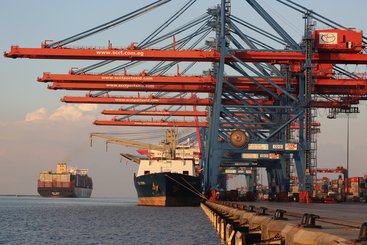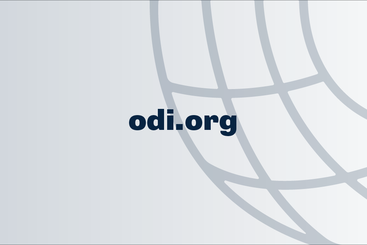Large overlapping global shocks like pandemics and wars can severely damage national economies and risk long-term developmental impacts, particularly for low- and middle-income countries (L&MICs). The magnitude and persistence of effects vary depending on a country's exposure, resilience, and policy response options. For many L&MICs with limited domestic resources and policy flexibility, an effective global financial system for external shock assistance is critical.
This report analyses the role that external shock financing can play in addressing the adverse impacts of external shocks in L&MICs. It summarises the growth impact of external shocks, maps out existing external shock financing facilities and instruments in the global financing architecture, and assesses the performance of external shock financing by the International Monetary Fund and the World Bank during the COVID-19 and Russia-Ukraine war crises.
The analysis finds that:
- Large and overlapping global shocks result in disproportionate scarring effects for L&MICs. In many L&MICs where policy space is constrained, affordable external financing plays a significant role in shock management and recovery.
- The global shock financing architecture can help preserve growth and development by providing a combination of precautionary lines for liquidity, shock financing to augment government resources and secure financial flows, and long-term financing for productive investment. Nevertheless, the responsibilities of financing institutions and actors have become fragmented over time, with some financing facilities becoming elusive for many L&MICs.
An evaluation of IMF and World Bank financing during the recent global crises reveals that:
- The scale of financing (net flows) has fallen short compared with needs and in proportion to these institutions’ lending capacity.
- The IMF’s deployment of resources to respond to COVID-19 was faster than that of the World Bank, enabled by increasing its access limits for emergency financing.
- Take-up of multilateral financing was higher in low-income countries (LICs) than in middle-income countries (MICs), shaped by multiple factors such as eligibility criteria, alternative financing sources and conditionalities.



